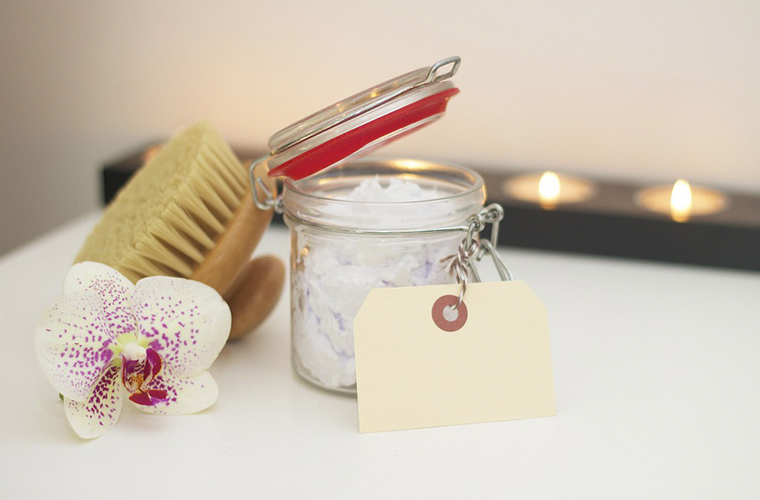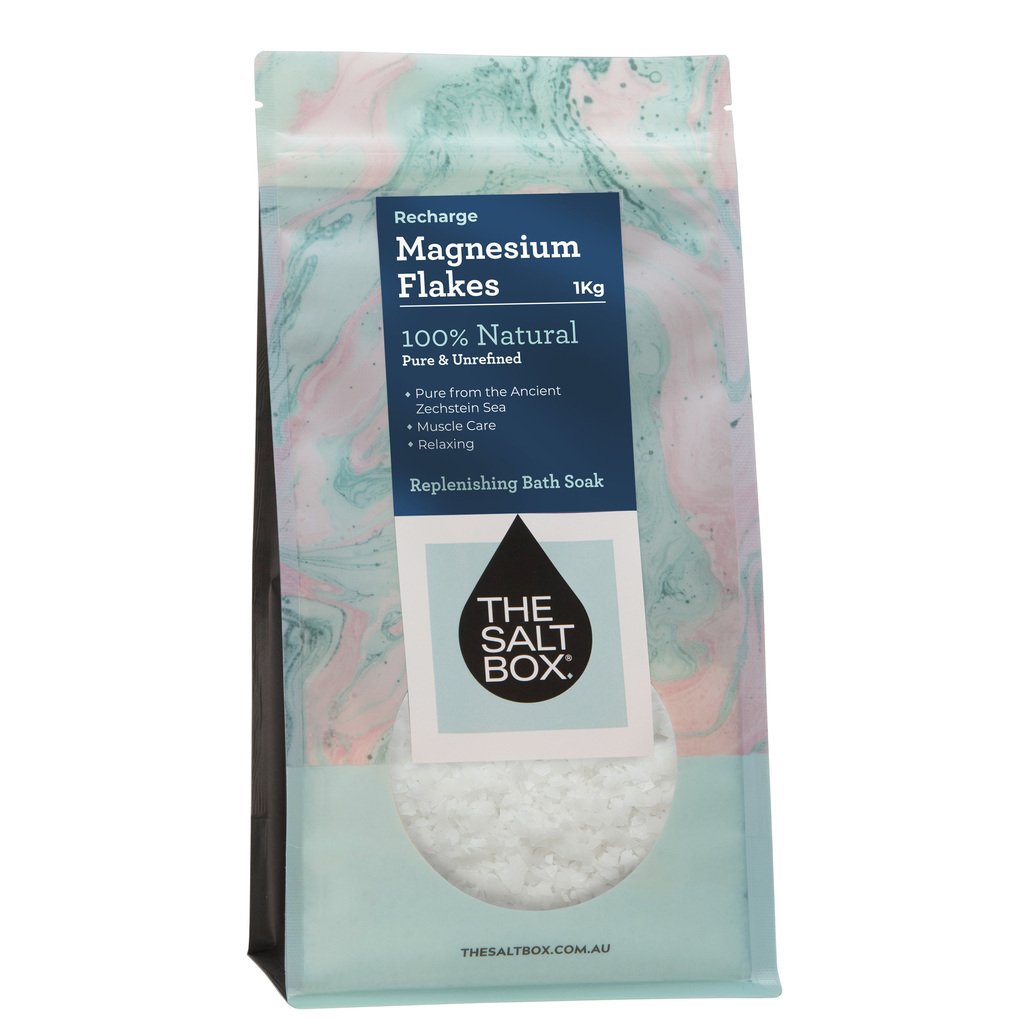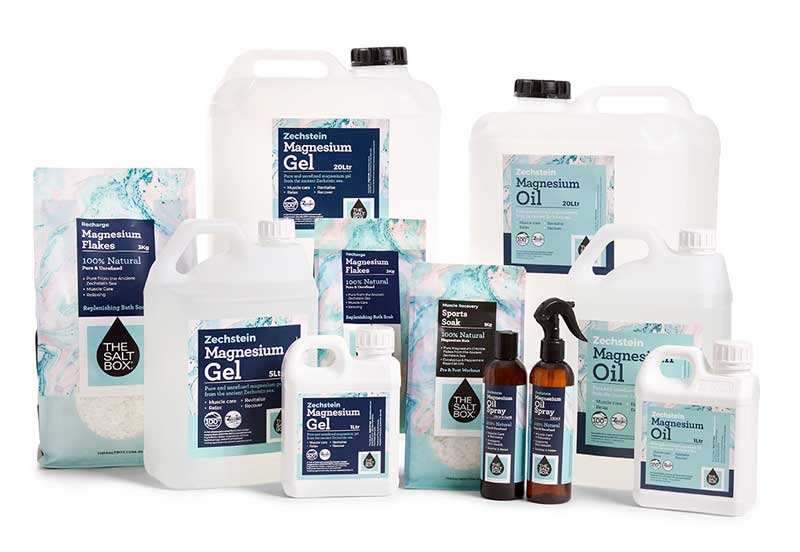Magnesium Chloride: A Complete Guide to Its Uses and Benefits
Posted by The Salt Box on 30th Aug 2018
Magnesium chloride soaks are the latest trend in health and beauty, and for good reason. Magnesium is an essential mineral that plays an important role in over 300 biochemical functions in the body. It is extremely beneficial for everything from soothing sore muscles to revitalising the skin.

Magnesium chloride is hugely beneficial for everything from detoxifying the skin to revitalising muscles after exercise.
Magnesium is also one of the most common mineral deficiencies found in adults, and many health professionals recommend taking a supplement to ensure our bodies are getting enough. A great way to do this is taking a bath in a magnesium-enriched bath.
While magnesium is an important part of a balanced diet, absorbing the mineral transdermally is a great way to directly benefit from its soothing properties. Let’s take a look at the benefits and uses of magnesium chloride - aka magnesium flakes.
About The Transdermal Absorption of Minerals
The skin has three primary functions: controlling body temperature, serving as a barrier between our bodies and the outside world, and detoxification. And all three of these functions rely on the passage of substances through the dermis. Our skin is very porous, and these tiny openings allow sweat, oils and toxins to exit the body, and for substances to be absorbed.
The Beauty Benefits of Magnesium Chloride Bath
Magnesium chloride baths have a range of benefits for your body. Your skin is your body’s largest organ, and soaking in magnesium-enriched water is an incredibly efficient way to absorb the mineral and reap its rewards.
A magnesium salt bath can help:
• Reduce inflammation in the skin
• Remove toxins and heavy metals at a cellular level
• Improve circulation and blood flow
• Soothe skin conditions like eczema, acne, psoriasis and dermatitis
• Improve skin hydration
The Importance of Magnesium For Muscle Recovery
Magnesium chloride has also been making waves in the health and fitness world too, with people recognising its powerful rejuvenative properties.
Magnesium is required by almost every cell in our body and is especially important to cells in our muscles, particularly during exercise and for post-exercise recovery.
When you exercise, your body’s magnesium levels drop rapidly. This is because it is an electrolyte that is used to conduct electrical impulses and action potentials, such as the contraction of a muscle. When you stop exercising, magnesium continues working, preventing muscles from cramping and spasming, replenishing red blood cells (which have been hard at work providing your body with oxygen), and reducing inflammation
When you take a magnesium salt bath after exercise, the minerals in the water are absorbed into your body transdermally. As a result, blood magnesium levels are replenished directly via the skin, helping to relax muscles, reduce cramping and spasms, restore red blood cells and reduce inflammation.
How To Use Magnesium Chloride Flakes in a Bath
A long soak in a magnesium chloride-enriched bath is an incredibly soothing way to utilise the therapeutic benefits of magnesium. There are two ways that you enjoy a soak: in your bathtub, or in a foot bath.
For a relaxing bath soak, add roughly two cups of magnesium chloride flakes to warm water in a standard-sized bathtub. Double the amount for an oversized garden tub. Soak for 20 minutes or more. For specific symptoms, repeat 3 times per week for 2-4 weeks.
For a restorative foot bath, fill a tub with warm water, add roughly ¾ of a cup per 10 litres. Once the flakes have dissolved, immerse your feet for 20 minutes or more then pat dry with a soft towel. Again, if you have ongoing symptoms, repeat 3 times per week for 2-4 weeks.
If you enjoy a very hot bath, tone it down if you’re using magnesium flakes, as this can affect the efficacy of the minerals.
Check out our range of magnesium chloride flakes here.



